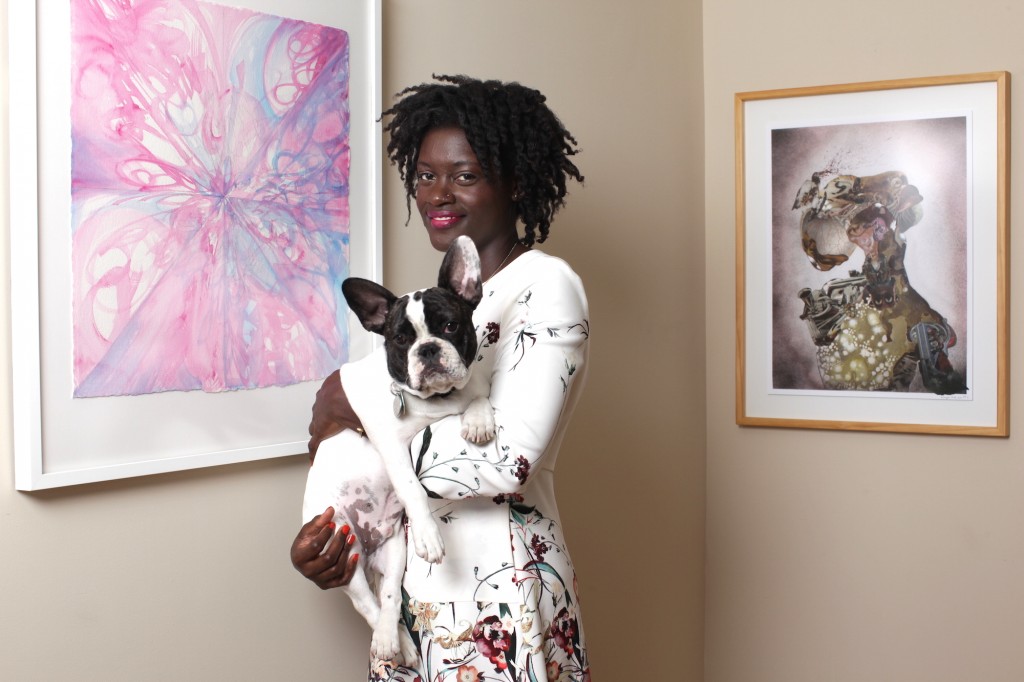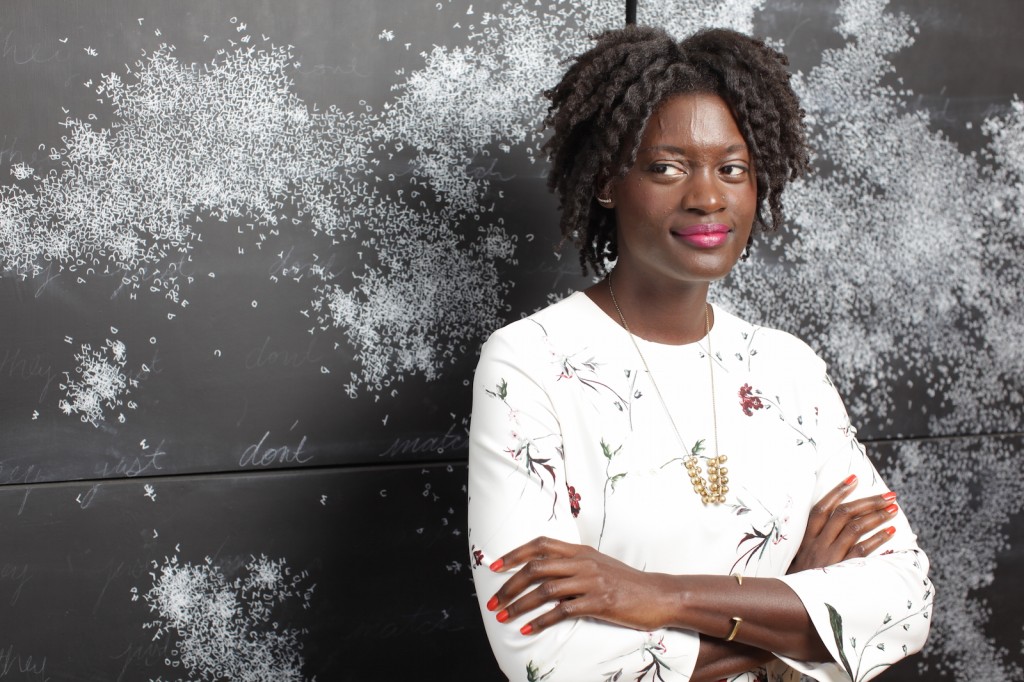She’s an attorney, a consultant and art collector; women can indeed run the (art) world. Schwanda Rountree is colourful, energetic and passionate; a personality reflected in her art collection comprising of striking, exuberant not to mention powerful artworks in terms of the messages conveyed about cultural identity and race. After buying her first piece shortly after graduating from law school, a spark was ignited. Since then she has created a business as an independent consultant, helping other people establish an art collection, liaising between galleries and private collectors. Owing to her commitment and active involvement in Washington DC’s art scene, she has become one of its main players from serving as Chair of the Contemporaries Steering Committee at the former Corcoran Gallery of Art, to currently being an Advisory Board Member of the Spelman Museum of Fine Arts, as well as being an Advisory Panel Member of Cultural DC. Rountree also served as guest curator in a gallery show during Art Basel Miami this past December, exhibiting her selection of some of the top contemporary artists of today.
In this interview, Schwanda Rountree took a break from her busy schedule to impart her words of wisdom on collecting and where to find one-of-a-kind artworks.

How did you first become interested in visual art?
I cannot remember a time when I wasn’t drawn to visual art. I have always surrounded myself with art – whether it was through museum visits, reading about art, travelling for artist studio visits, or supporting philanthropic art initiatives.
What made you want to start collecting contemporary art?
I began collecting art because I naturally desired that visual landscape in my home. Being a collector allows me to support artists, while enjoying being a custodian of the work.
What is your focus regarding the artists in your collection? Are you more interested in emerging or renowned artists…?
I’m focused on artists who create amazing work and what I have access to at the time. I have works in my collection by very well-established artists, along with works by some really great emerging artists.
Where do you display your collection?
I display my artwork throughout every level of my home. I do consider lighting and archival preservation of the work when placing works thoughout; otherwise the work is shown fluidly. I have multi-media work that is occasionally shown, digitally as well.
Have you ever presented your art collection publicly? If so where and why?
I have yet to formally present my art collection publicly. However, I do believe the work should be “shared” to stimulate and create dialogue. So, I have occasionally hosted gatherings in my home, allowing guests to see and engage with the work. A few selections of work from my collection are on my Rountree Art Consulting website as well.
What is your collecting strategy? How do you make your decisions concerning purchases?
I am constantly attending art fairs, reading about artists, and visiting galleries and/or artist studios. My decision to purchase is really simple – making the judgment call as to whether or not I earnestly adore the work, and whether I can live with it in my space?

What kind of theme or genre do you relate to, or feel more attracted to? How has this shaped your collection?
My collection has been shaped by my love for abstraction. The theme of abstract painting, drawing, and collage consistently runs through my collection. I also love photography, so I have several photographs and archival video.
What is your most treasured artwork?
I have so many works that I’m really drawn to, so it’s difficult to select one that is most treasured. I collect work by the same artists over the years. I’ve collected several works by Shinique Smith, Yinka Shonibare, Victor Ehikhamenor, and Iona Rozeal Brown. I would love to add more pieces by Bethany Collins, Carrie Mae Weems, and Renee Cox.
It has been said you have an eye for spotting visionary artists. Where are you finding the most exciting art today?
Art is everywhere today – obviously the galleries and artist studios. However, exceptional work is shown by galleries during annual art fairs around the world, through auctions, and in unconventional pop-up spaces. You just have to be able to pin-point good quality work, and sometimes without delay.
Which art collection do you admire?
I really like the Rubell Family Collection. I served on the Advisory Board for the 30 Americans exhibit when it was exhibited in Washington, D.C. several years ago. The collection was drawn from the Rubell Family Collection and highlighted some of the most important black artists of the last three decades. It was a pleasure to travel on several occasions to see such a mind-evoking exhibition exploring issues of racial, sexual and historical identify in American culture.
Do you have any tips for new collectors?
My tip to new collectors is do not hesitate in seeking out art professionals (i.e. art consultants and/or gallery dealers), prior to buying artwork. Ultimately, you should be collecting what you love, but there is a lot of legwork involved in finding stellar pieces.
Claire Bouchara
Read more about:
A selection of artists she collects:





